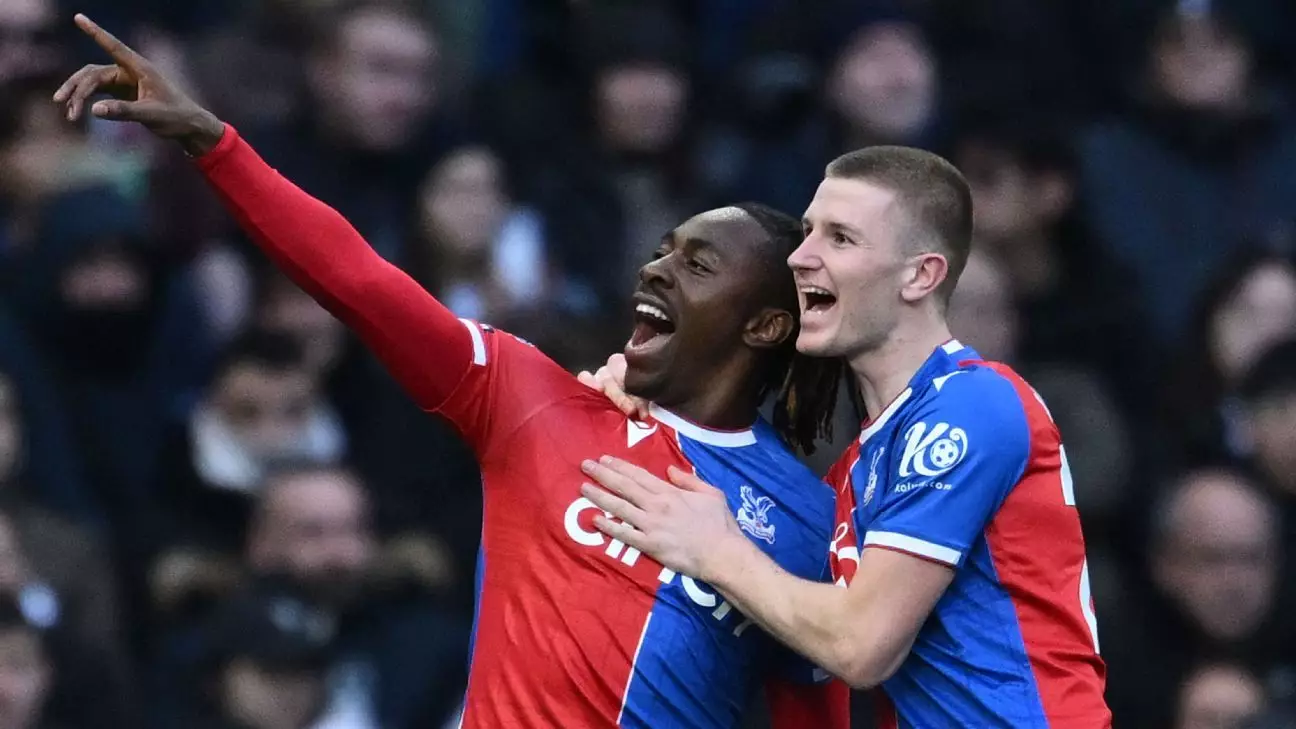In today’s football landscape, transfer negotiations are no longer mere transactions; they are complex chess games where clubs weigh financial muscle against strategic vision. The recent flurry of activity across European leagues underscores a shift towards aggressive pursuit of promising talent and established stars alike. Clubs are no longer shy about spending hefty sums, and sometimes, they’re willing to leverage player trades or include promising youth in exchange for seasoned performers. This dynamic environment reflects the ever-growing commercialization of the sport, where every transfer is a calculated move aimed at promising dominance on the pitch and financial stability off it.
The underlying logic here is clear: teams are betting on potential to secure future glory, often at the expense of immediate financial prudence. Such strategies, however, come with risks, particularly when clubs overextend or misjudge the market. The recent interest in versatile midfielders like Javi Guerra and the heavy spending in attacking positions exemplify this trend—the pursuit of game-changing talent is relentless, yet fraught with unpredictability.
Emerging Players and Strategic Swaps: A New Era of Talent Acquisition
The transfer market is increasingly driven by a desire to unearth hidden gems—young, adaptable players with the potential to grow into key assets. Valencia’s Javi Guerra epitomizes this trend. At just 22, Guerra has rapidly established himself as a dynamic, box-to-box midfielder in La Liga. His physicality, high-energy press, and tactical awareness make him an attractive proposition for top clubs seeking midfield reinforcement. Manchester United’s interest signals their willingness to take calculated risks on promising talent, especially given Guerra’s high work rate and potential for tactical fit in the Premier League’s high-tempo style.
What’s particularly fascinating is how clubs are now attempting to sweeten deals with player swaps rather than straightforward cash payments. Arsenal’s reported plan to include a young first-team player in their pursuit of Eberechi Eze demonstrates a shift towards creative negotiation tactics—one that relies on leveraging youth talent to secure experienced or emerging stars. Such moves are indicative of a broader strategic mindset: teams are valuing potential and future contributions over immediate star power, thus diversifying their investment portfolios.
The Power of Financial Clout and the Race for Elite Signings
Money remains a decisive factor in today’s transfer market, especially among elite European clubs. Manchester United’s bid for Valencia’s Javi Guerra, alongside their pursuit of Bryan Mbeumo and Ederson, highlights their ambitions to rebuild a squad capable of challenging at the highest level. Similarly, Bayern Munich’s aggressive approach towards Chelsea’s Nkunku and Liverpool’s Luis Díaz demonstrates their intent to secure world-class talent, consolidating their position as Germany’s dominant force. These clubs aren’t merely buying players—they are orchestrating strategic power plays, aiming to build squads with depth, versatility, and unmatched star power.
Napoli’s bid for Darwin Nguñéz further exemplifies this trend. Their apparent willingness to pay upwards of €50 million indicates how aggressively top-tier clubs are willing to spend to secure coveted forwards. These financial gambles underscore a broader belief: investing heavily now can translate into future triumphs, both domestically and in European competitions.
Yet, such spending is not without its pitfalls. Overspending or misjudging a player’s fit within a team can lead to diminished returns, both sportingly and financially. Clubs that fail to harness the potential of their expensive acquisitions risk creating a disconnect between investment and performance—a gamble that can destabilize even the most well-resourced teams.
The Tactical Relevance of Youth and the Future of Football
Amidst the high-profile signings, the focus on youth development continues to gain momentum. The sale of promising talents like Ethan Nwaneri (despite Arsenal’s reluctance to let go) and the acquisition of young players such as Kota Takai accentuate the reality that clubs are increasingly looking beyond immediate impact, investing in the future. This approach isn’t solely about developing talent, but about creating a sustainable cycle of success, allowing clubs to adapt tactically while managing budgets effectively.
Young players like Guerra exemplify the modern midfielder—agile, physical, and tactically astute. These archetypes are vital in a football era defined by relentless tempo and tactical fluidity. Their high-energy style fuels teams’ pressing philosophies, and their adaptability makes them invaluable in modern systems. Elite clubs recognize this, prioritizing young blood not only for their potential but also for their capacity to adapt quickly to diverse tactical demands.
In a broader context, this emphasis signals an evolving football philosophy: future success hinges on a hybrid approach combining seasoned experience with raw, unpolished talent. Clubs now understand that investing in youth is investing in versatility, resilience, and strategic depth.
The Complex Ballet of Negotiations and Market Dynamics
The transfer saga is rarely straightforward. Negotiations are battlegrounds filled with demands, counter-offers, and strategic leaks—all aimed at gaining leverage. Arsenal’s layered negotiations for Eberechi Eze, with the possibility of including a young player to tip the scales, highlight the tactical complexity clubs face. Meanwhile, clubs like Napoli and Sporting CP are navigating financial constraints and bid rejections, illustrating how market power varies among top teams.
The scenario with Victor Osimhen and Galatasaray showcases how market valuations can differ sharply from club ambitions and financial realities. While personal terms might be agreed upon, the actual transfer hinges on the willingness of clubs to meet release clauses—often the sticking point. Similarly, Bayern’s persistent pursuit of Luis Díaz reveals a desire to strengthen wide options but also underscores the difficulty of negotiating with Liverpool, which fiercely guards its assets.
The transfer market today is a delicate dance of strategic planning, financial prowess, and tactical foresight. Clubs are not just acquiring players; they are shaping identities and futures with every deal, betting on the right talent at the right moment. As the season approaches, these moves will undoubtedly redefine team dynamics and competitive landscapes across Europe.

